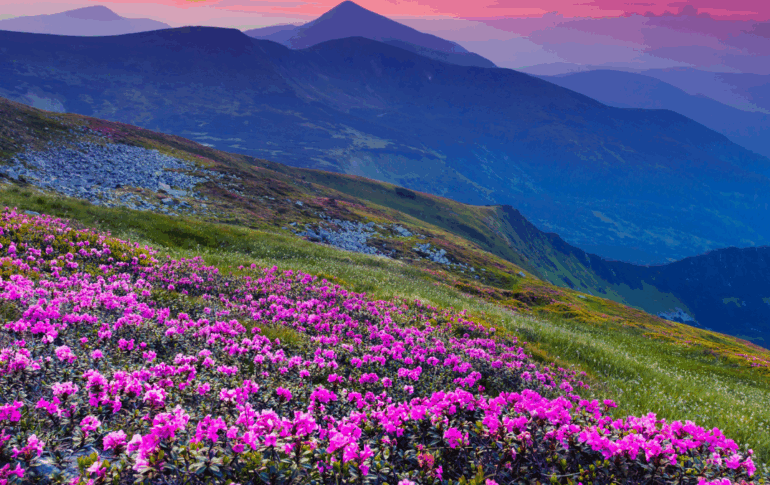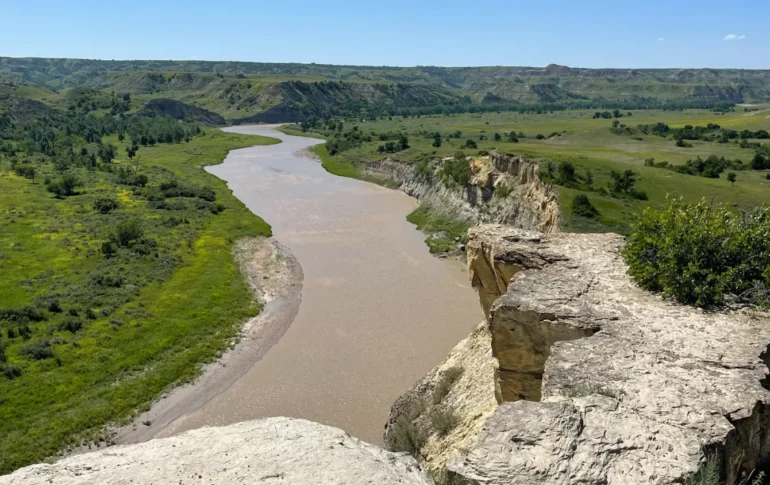Chihuahuan High Desert Ecosystem
By Bryan Pickens, Partner/Broker Associate, Republic Ranches
Stretching from the Central Mexican Highlands to three states in the southwestern corner of the United States and covering nearly 175,000 square miles, the Chihuahuan Desert is the largest in North America. This stretch of land is a defining characteristic of the area around West Texas, southern New Mexico, and northern Mexico. The shrubs, grasses, cacti, and wide-open spaces of the Chihuahuan Desert are exactly the land features that come to mind when thinking of this region of the United States.
The Chihuahuan Desert is considered a “cold” desert with temperatures averaging around 70 degrees for the year; however, the temperature fluctuates sharply between day and night and at different elevations due to the dry, low-humidity climate. This is partially attributed to the high altitude, with a minimum of 1,000 feet of elevation and an average of between 3,500 and 5,000 feet. Accordingly, the hottest temperatures are found at the lowest parts of the desert, while the coldest areas have the highest elevation. A typical region could see the heat of the summer reaching over 100 degrees and winter temperatures dropping below freezing.
The desert is bordered by the Sierra Madre Mountain Ranges, which creates a rain shadow effect. A rain shadow is an area of land on the side of a mountain range that is protected from inclement weather. The mountain breaks up all of the incoming rain, so one side of the mountain is typically very lush and green, while the opposite is considered in the “shadow” and is much drier. There is a short window over the summer when the area receives most of its rainfall for the year, typically between June and early October. The rest of the year is usually very dry, with the region seeing an average of around 10 inches of yearly rainfall. Although the area is very dry and receives minimal rainfall, life is sustained through different streams, arroyos, and aquifers.
The region is host to numerous species of plants, mammals, reptiles, fish, and birds. The animals residing here are very well adapted to the harsh environment and have unique ways of surviving. This large and diverse species population leads to great hunting and fishing opportunities throughout the region. The region boasts populations of mule deer, bighorn sheep, rabbits, Coues deer, foxes, and mountain lions in addition to others. Not only does the region sustain the multitude of native plant and animal species, but it also provides excellent grazing opportunities for livestock. There are a multitude of grasses, native and planted, that are not only drought-resistant but offer top-notch grazing for a variety of animals, both domestic and wild.
The Chihuahuan High Desert is a special feature of North American geography. Whether it is hunting, fishing, planting crops, or raising livestock, this is an ideal area to own land. With its large variety of wildlife, in addition to the unique climate and terrain, the region is one of immense natural beauty and vast wilderness.

Fay Ranches Named In Land Report’s
Best Brokerages for 15th Consecutive Year
Enduring Recognition Reflects Expertise, Trust, and a Commitment to Exceptional Land Brokerage Fay Ranches, a national leader in land real estate brokerage and advisory services, has once again been recognized by The Land Report as one of America’s Best Brokerages—marking its 15th consecutive year on the prestigious list. This enduring distinction underscores Fay Ranches’ consistent track […]

Discover the Charm and Opportunities of North Dakota
Are you considering a move but unsure where to settle? North Dakota, often overlooked by travelers and potential residents alike, offers a wealth of opportunities and a lifestyle to suit a variety of preferences. Whether you’re drawn to outdoor adventures, a slower pace of life, or expanding career opportunities, this charming state has something to […]



